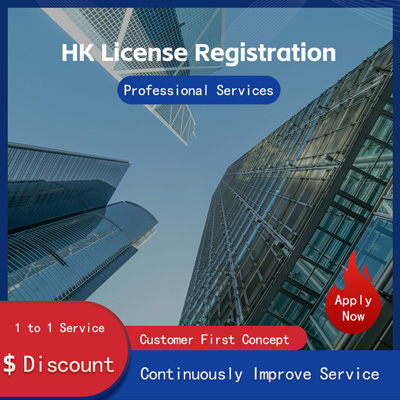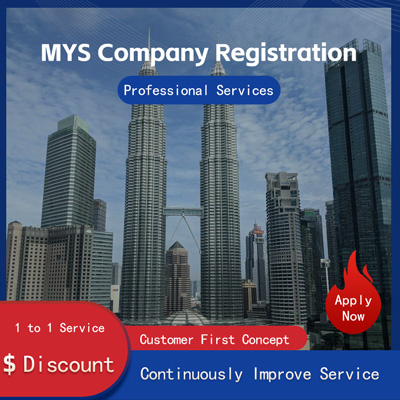
Cross-Border E-Commerce Store Positioning Strategy and Implementation Methods
Strategies and Methods for Cross-border E-commerce Store Positioning
With the accelerating globalization and continuous progress in internet technology, cross-border e-commerce has gradually become an important part of international trade. More and more enterprises and individuals choose to expand their international markets through cross-border e-commerce platforms. As the core link in the successful operation of cross-border e-commerce, store positioning is particularly crucial. It not only relates to the shaping of brand image but also directly affects the acquisition of target customers and sales conversion rates. This article will discuss the strategies and methods of cross-border e-commerce store positioning by combining relevant cases and news information.

Firstly, clarifying the target market is the foundation of store positioning. In cross-border e-commerce, different countries and regions have distinct consumer habits, cultural backgrounds, and legal regulations. For example, according to the 2025 Cross-border E-commerce Industry Report, consumers in Southeast Asia tend to buy high-value-for-money products, while those in Europe and America focus more on product quality and brand value. When positioning their stores, enterprises must thoroughly understand the characteristics of the target market. For instance, a Chinese brand entering the European market launched several eco-friendly products targeting local consumers' emphasis on environmental protection and sustainable development. Additionally, it incorporated a minimalist style into its packaging design, quickly gaining consumer recognition.
Secondly, accurate customer profiling helps improve the accuracy of store positioning. In cross-border e-commerce, customer groups often exhibit diverse characteristics. Enterprises need to segment the market through data analysis. For example, data from a certain cross-border e-commerce platform shows that younger consumers tend to learn about product information via social media, while middle-aged and elderly consumers rely more on traditional e-commerce platforms. Based on this insight, enterprises can adopt differentiated marketing strategies. For example, they can attract young consumers' attention by releasing short videos on social platforms like Instagram or TikTok; at the same time, they can optimize keyword search rankings on platforms like Amazon to enhance the shopping experience for older consumers.
Moreover, differentiated competition is key to store positioning. Against the backdrop of increasingly fierce global competition, homogeneous products and services struggle to stand out. Enterprises should find unique selling points of their products to form competitive advantages. For instance, a sports apparel brand discovered that North American consumers have high requirements for functionality and comfort when entering the North American market. Consequently, the brand developed a series of clothing designed specifically for high-intensity sports and highlighted its professionalism and technological appeal through advertising campaigns, ultimately securing a place in the highly competitive market.
Flexibility in adjusting strategies is also an essential aspect of store positioning. The cross-border e-commerce environment is ever-changing, and enterprises need to adjust their positioning strategies based on market feedback promptly. For example, a home goods brand initially focused on a high-end luxury style when entering the Japanese market but achieved unsatisfactory sales results. After market research, it was found that Japanese consumers prefer practical and reasonably priced products. Thus, the brand swiftly adjusted its product line, launching a series of cost-effective home goods and increasing its online promotion efforts, achieving significant growth in sales.
Finally, establishing a good brand image is the long-term goal of store positioning. A brand image not only influences consumers' purchasing decisions but also enhances the company's market competitiveness. In this process, companies need to pay attention to product quality, after-sales service, and the demonstration of social responsibility. For example, an electronics brand established a comprehensive after-sales service system in overseas markets and actively participated in public welfare activities, earning widespread praise from consumers. These measures not only enhanced brand awareness but also laid a solid foundation for store positioning.
In conclusion, cross-border e-commerce store positioning is a systematic project that requires companies to comprehensively consider aspects such as target markets, customer profiling, differentiated competition, flexible strategy adjustments, and brand image building. Through scientifically reasonable positioning strategies, companies can stand out in fierce market competition and achieve sustainable development. In the future, with the continuous development of the cross-border e-commerce industry, the methods of store positioning will become more diversified and refined, bringing more opportunities and challenges for enterprises.
Still have questions after reading? More than 98,000 users have contacted us. Please fill in the following information to obtain business information.

Service Scope
MoreRecommended for You
- Is Lazada Local Store Traffic Higher? How toEffectively?
- What Are Lazada's Return Processing Time and Procedures? What Are the Regulations?
- AliExpress and VAT Analyzing Taxation Challenges in Cross-Border E-Commerce
- 2025 Lazada Event Dates and Participation Methods
- Lazada Store Blocked? Follow These Steps to Recover and Gracefully Shut Down Your Store
- AliExpress Advance Payment Solutions and Unveiling the Receipt Confirmation Time
- What Are the Lazada Product Listing Rules? Can They Be Bulk-Deleted and Re-uploaded After Listing?
- Can I Use an Individual Business License to Open a Store on Lazada? What’s the Opening Fee?
- How to Achieve 10 Orders per Day on Lazada Store? Why Can't My Store Get Any Orders?
- Which Products Sell Best on Lazada Local Stores? How to Operate Local Shops Effectively?
- Lazada Philippines Shipping Rules Store Opening Guide
- Lazada Product Selection Guide Comprehensive Analysis of Selection Strategies
- Lazada Sellers In-Depth Analysis of Bulk Enrollment Operation Guide and Overlapping Discounts Strategy
- Analysis of Buyer Characteristics in Colombia's E-commerce Market
- Lazada Store Operation Guide Essential Tips for Newbies
- Exploring the Root Causes and Countermeasures of German VAT Number Invalidity
- Lazada Thailand New Store Operation Guide Recommended Products for Sale
- Comprehensive Analysis of Japan's Company Registration Authority
- Risk Analysis of Not Filing VAT Returns for Registration in France
- Comprehensive Guide to Taiwan Company Registration Process and Costs


 ONE
ONE









Customer Reviews
Small *** Table
December 12, 2024The experience was very good. I was still struggling to compare it with other companies. I went to the site a few days ago and wanted to implement it as soon as possible. I didn't expect that everything exceeded my expectations. The company is very large, with several hundred square meters. The employees are also dedicated and responsible. There is also a wall of certificates. I placed an order on the spot. It turned out that I did not make a wrong choice. The company's service attitude is very good and professional. The person who contacted me explained various things in detail in advance. After placing the order, the follow-up was also very timely, and they took the initiative to report the progress to me. In short, I am very satisfied and recommend this company!
Lin *** e
December 18, 2024When I first consulted customer service, they recommended an agent to me. They were very professional and patient and provided excellent service. They answered my questions as they came in. This 2-to-1 service model is very thoughtful. I had a lot of questions that I didn’t understand, and it’s not easy to register a company in Hong Kong. Fortunately, I have you.
t *** 7
December 19, 2024I originally thought that they only did mainland business, but I didn’t expect that they had been doing Hong Kong business and were doing very well. After the on-site interview, I decided to ask them to arrange the registration of my Hong Kong company. They helped me complete it very quickly and provided all the necessary information. The efficiency was awesome. It turns out that professional things should be done by professionals.👍
b *** 5
December 16, 2024In order to register a company in Hong Kong, I compared many platforms and stores and finally chose this store. The merchant said that they have been operating offline for more than 10 years and are indeed an old team of corporate services. The efficiency is first-class, and the customer service is also very professional.